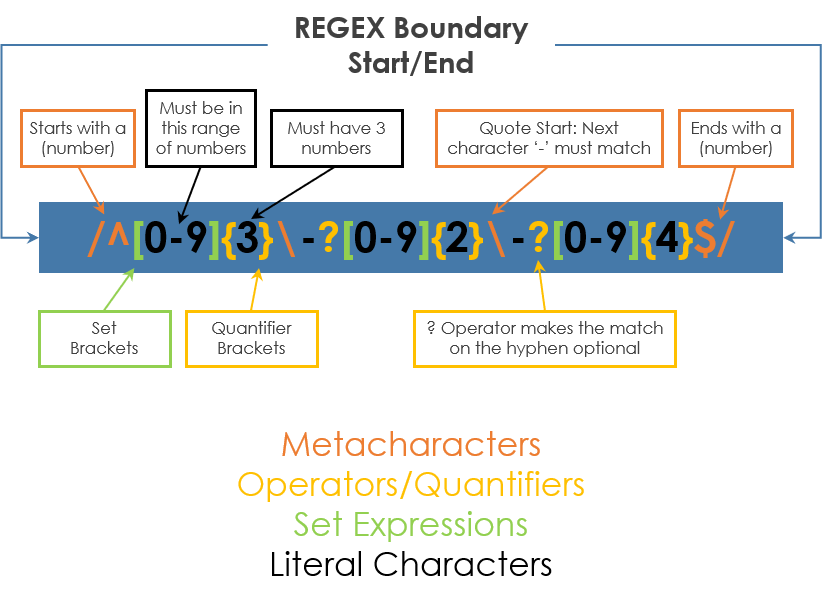

NET, Python 3, JavaScript: "whitespace character": any Unicode separator Most engines: "whitespace character": space, tab, newline, carriage return, vertical tab NET: "word character": Unicode letter, ideogram, digit, or connector Python 3: "word character": Unicode letter, ideogram, digit, or underscore Most engines: "word character": ASCII letter, digit or underscore NET, Python 3: one Unicode digit in any script If you overdose, make sure not to miss the next page, which comes back down to Earth and talks about some really cool stuff: The 1001 ways to use Regex.įor easy navigation, here are some jumping points to various sections of the page: You'll be able to study them slowly, and to use them as a cheat sheet later, when you are reading the rest of the site or experimenting with your own regular expressions. You can read the tables online, of course, but if you suffer from even the mildest case of online-ADD (attention deficit disorder), like most of us… Well then, I highly recommend you print them out. The next two columns work hand in hand: the "Example" column gives a valid regular expression that uses the element, and the "Sample Match" column presents a text string that could be matched by the regular expression. The next column, "Legend", explains what the element means (or encodes) in the regex syntax. On each line, in the leftmost column, you will find a new element of regex syntax. The tables are meant to serve as an accelerated regex course, and they are meant to be read slowly, one line at a time. With these tables as a jumping board, you will be able to advance to mastery by exploring the other pages on the site. I tried to introduce features in a logical order and to keep out oddities that I've never seen in actual use, such as the "bell character". If you are a complete beginner, you should get a firm grasp of basic regex syntax just by reading the examples in the tables.

The other reason the tables are not exhaustive is that I wanted them to serve as a quick introduction to regex. NET) you may want to check once a year, as their creators often introduce new features. In fact, for some regex engines (such as Perl, PCRE, Java and.
Regex pattern full#
For a full reference to the particular regex flavors you'll be using, it's always best to go straight to the source. First, every regex flavor is different, and I didn't want to crowd the page with overly exotic syntax. The tables are not exhaustive, for two reasons. I encourage you to print the tables so you have a cheat sheet on your desk for quick reference. (It you want a bookmark, here's a direct link to the regex reference tables). While reading the rest of the site, when in doubt, you can always come back and look here. The tables below are a reference to basic regex.


 0 kommentar(er)
0 kommentar(er)
